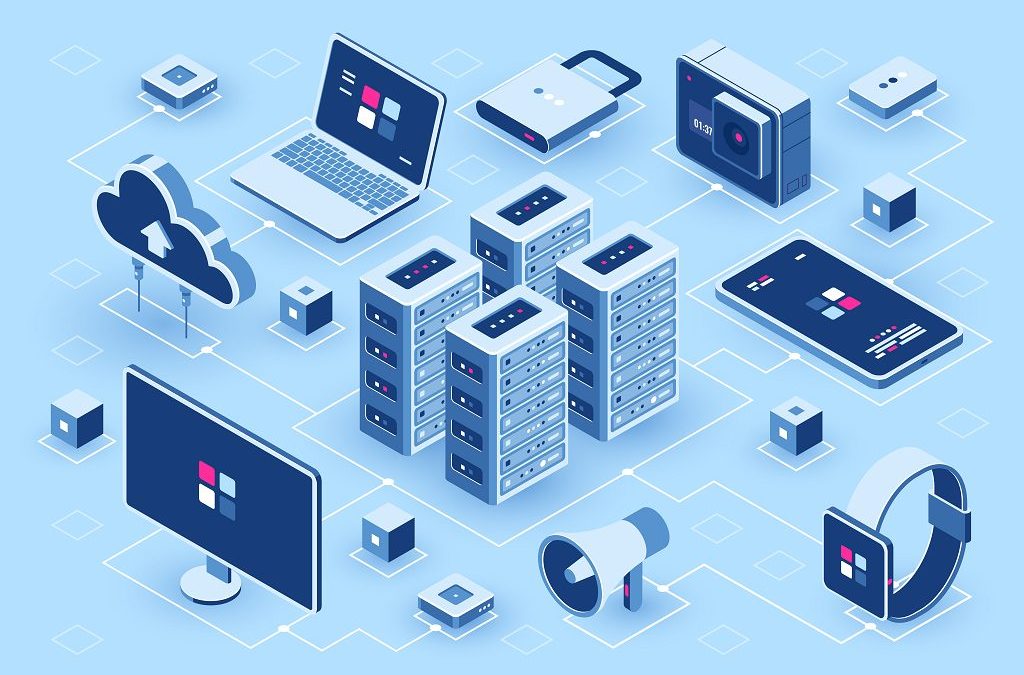Since 2018, in its trend report for the IT market, the Gartner Group has pointed to Edge Computing as one of the main CIOs around the world of the importance of edge infrastructures. And, after all, what will this mean for the new era of computerization guided by the increased use of all platforms and applications that are distributed across all regions of the world?
But, to understand this movement, it’s necessary to observe that every product has its life cycle, and this isn’t different with Data Center.
This story begins in the 1960s, while the United States acquired computer systems to attend the demands of calculating the space race. Besides that, during this time, an American man founded, in Texas, a company to provide data processing and transmission services.
From then on, companies started to computerize using their own infrastructure or hiring IT as a service, thereby spreading Data Centers around the world.
In Brazil, the structures of large service data centers started around 2000’s and, in the last 20 years, have been expanded, with many investments from new companies, which have reached our market, thus supporting the growth that technology imposes us day after day.
This movement has led many companies to centralize their data and processing in large structures, which are not always this close to the final consumer.
For example, when we think of a social networking application that is used worldwide and has a central Data Center, information travels a long way to reach the server and return to the client, and this path consumes resources that increase costs, in addition to worsen the user experience.
So, for this equation finally be solved, it’s necessary to decentralize this infrastructure and to prepare the edge Data Centers , where the user will have more interactive access with their applications.
But then what will happen to large processing centers? Will they decrease? Will they lose? Nothing like that! In fact, they still will be responsible for much of the storage and processing, in addition to that the direct communication with the small scattered centers will take place more efficiently than directly with the end user.
Anyway, the Edge Data Center is already a reality in our market and becomes a complementary structure, not a substitute, to what has worked since the time that man reached the moon.

